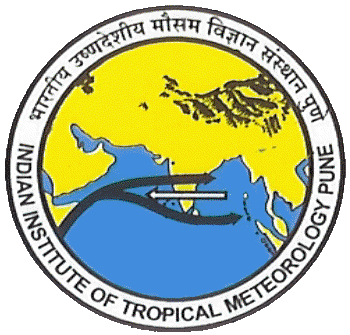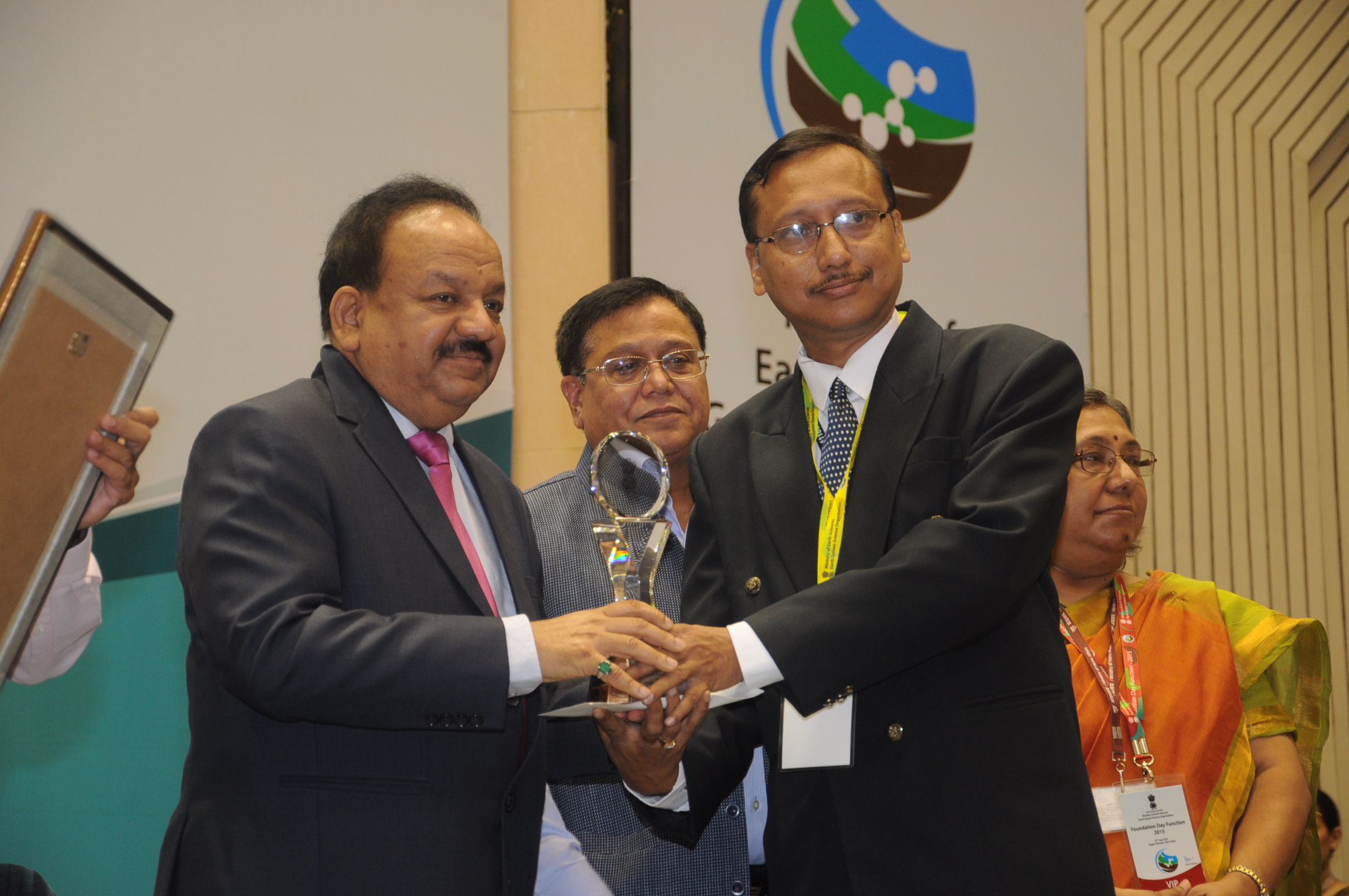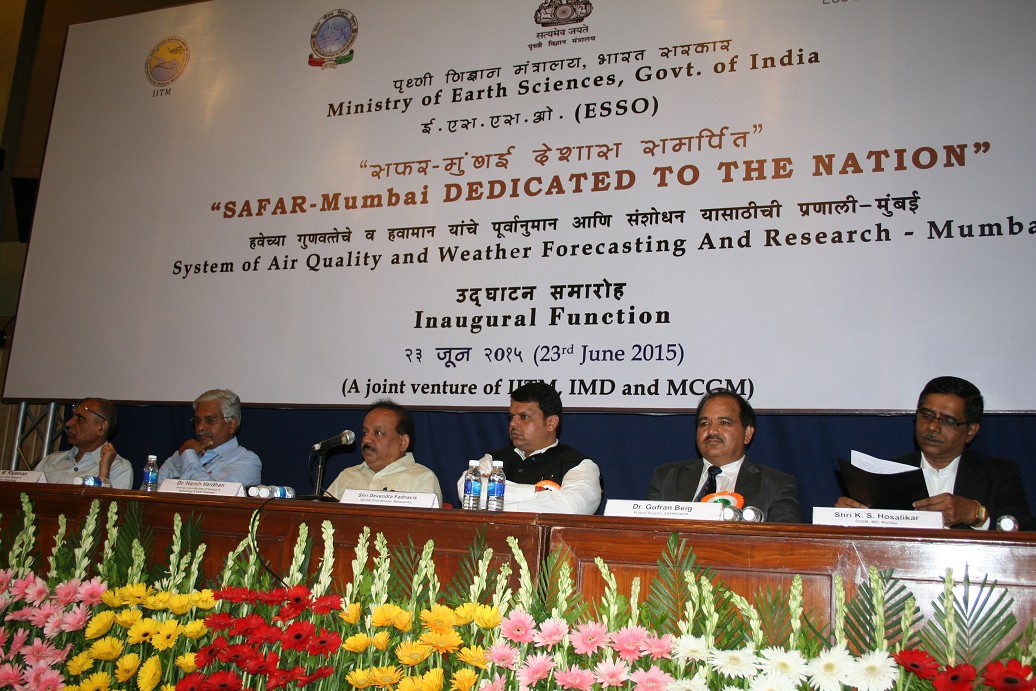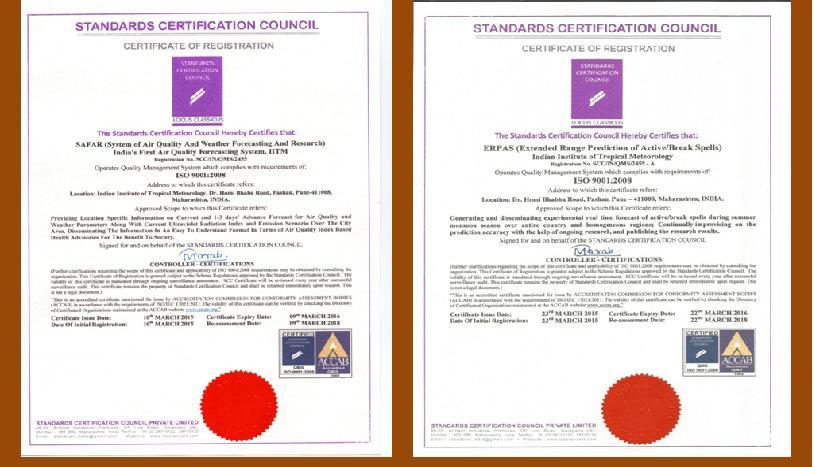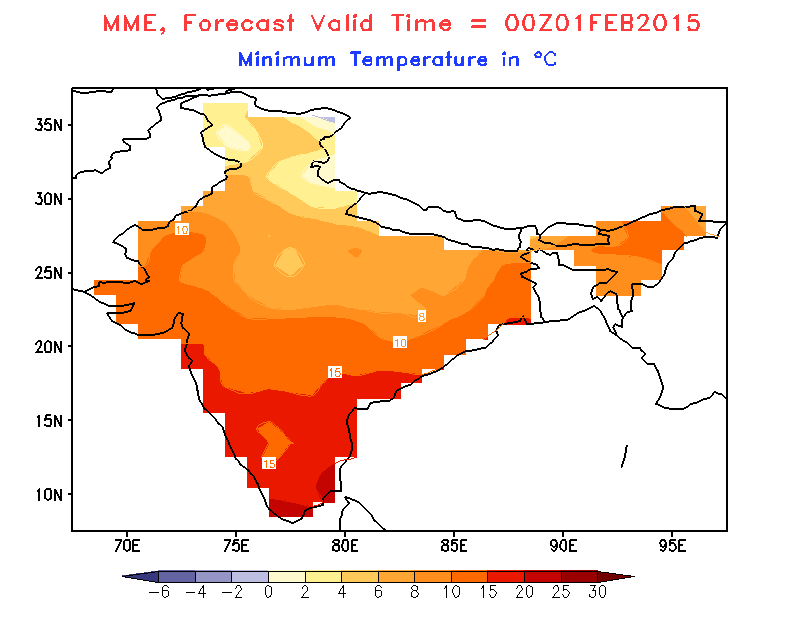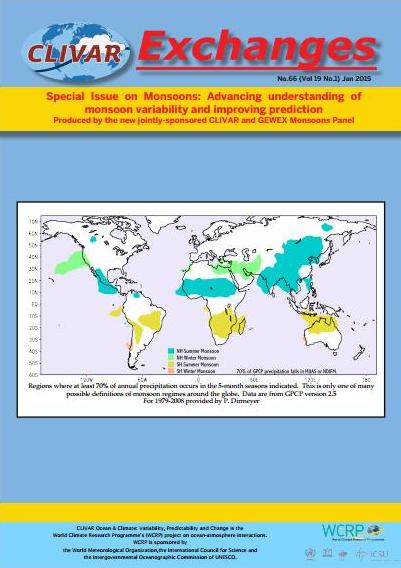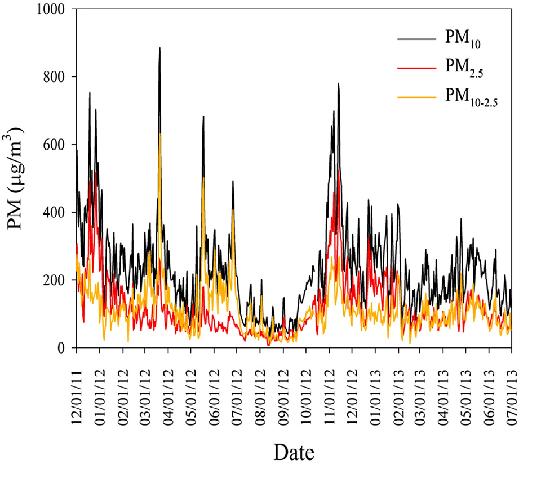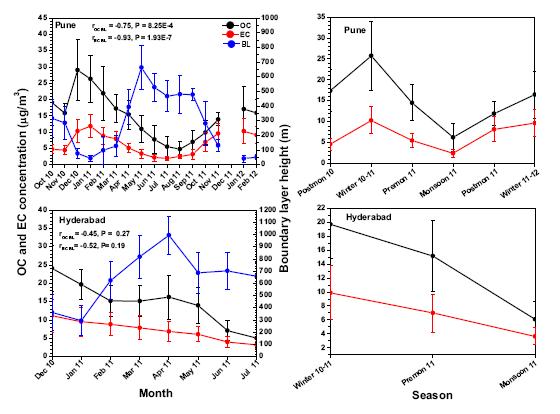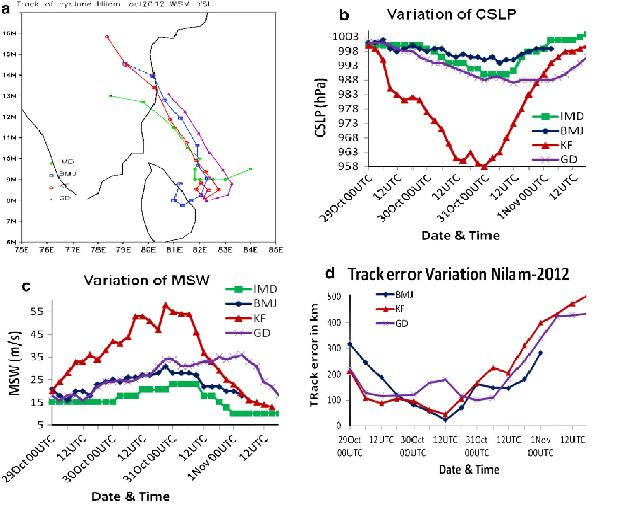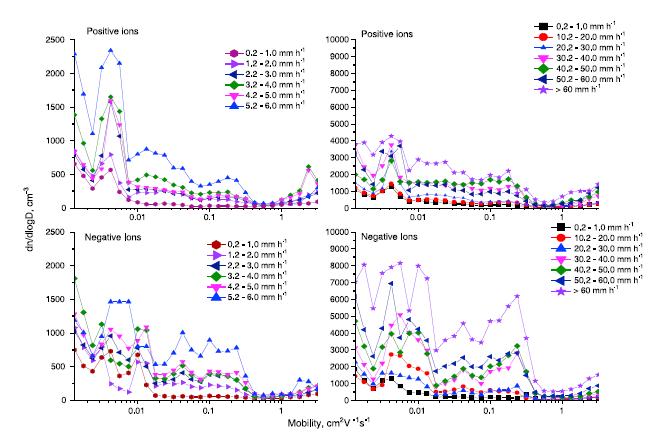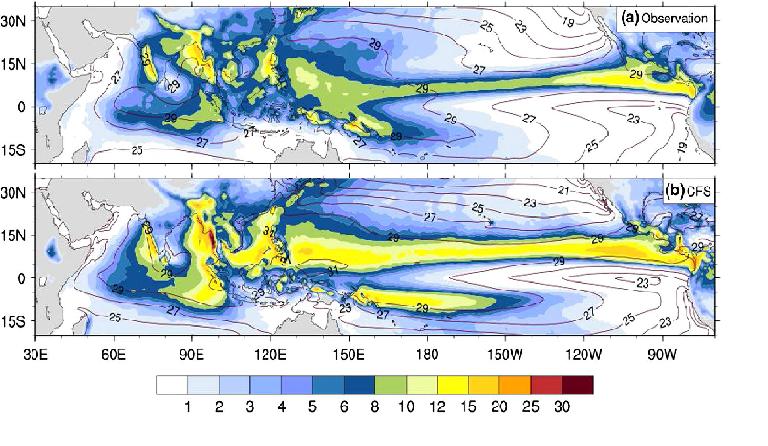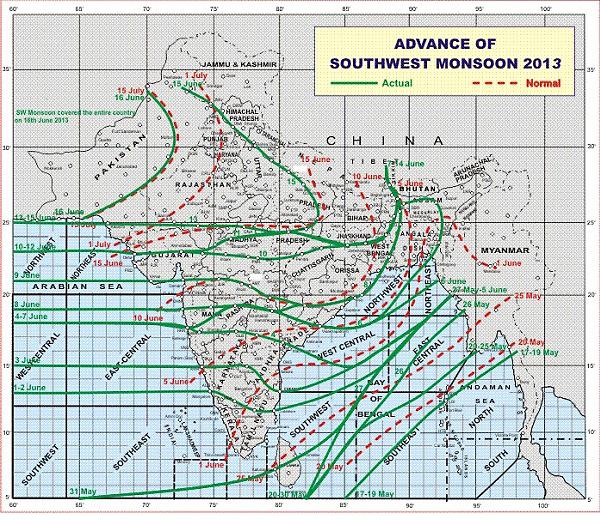IITM Publication Highlights
Improved Spread-Error Relationship and Probabilistic Prediction from the CFS-Based Grand Ensemble Prediction System
|
This study describes an attempt to overcome the under-dispersive nature of single-model ensembles (SMEs). As an Indo-U.S. collaboration designed to improve the prediction capabilities of models over the Indian monsoon region in the framework of the National Centers for Environmental Predictions-Climate Forecast System (NCEP-CFSv2) model, a CFS based Grand Multi Model Ensemble Prediction System (CGMME) has been developed at IITM. Statistical skill of this CFS-based Grand Ensemble Prediction System (CGEPS) is better than the best participating SME configuration, because increased ensemble spread reduces overconfidence errors. The results encourage IITM to pursue first time implementation of operational extended-range prediction of the Indian summer monsoon.
Read more...
(Abhilash S., Sahai A.K., Borah N., Joseph S., Chattopadhyay R., Sharmila S., Rajeevan M., et al, J. Applied Met. & Climatology, July 2015) |
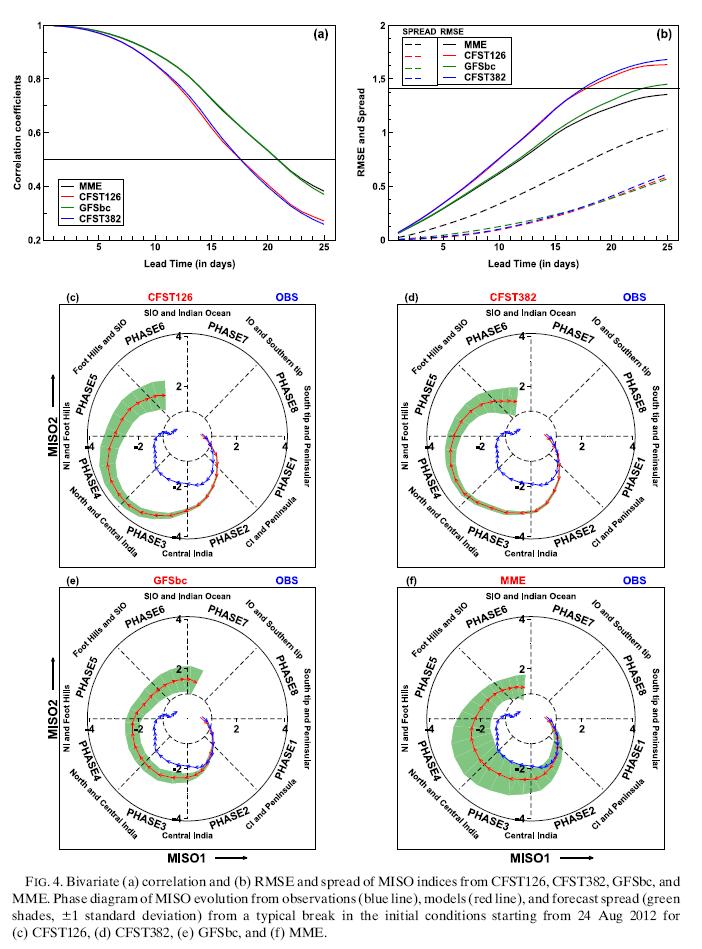 |
Indian summer monsoon precipitating clouds: role of microphysical process rates
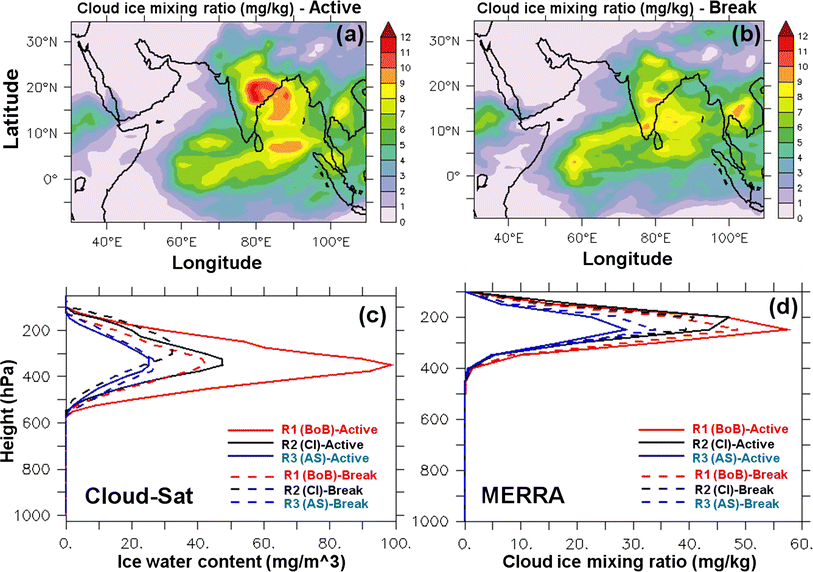 |
This study presents budget analysis of microphysical process rates based on Modern Era Retrospective-analysis for Research and Applications (MERRA) products. It demonstrates the microphysical process rates, which are actually responsible for the cloud hydrometeors and precipitation formation on the monsoon intraseasonal oscillations timescale. Significance of detailed microphysical production rates for warm and mixed-phase cloud processes, a major source of uncertainty in the climate models have been highlighted. Therefore the hypothesis/pathway emerged from the present study may be helpful for the future model development research.
Read more...
(Hazra A., Chaudhari H.S., Pokhrel S., Saha Subodh K., Climate Dynamics, Online, June 2015) |
Changing pattern of heavy rainstorms in the Indus basin of India under global warming scenarios
|
Study examines the characteristics of heavy rainstorms in the Indus basin selected from present climate and future scenarios simulated by the regional climate model. Such information on heavy rainfall forms the basis for the hydrologic design projects and also for the water management of a river basin. Also provides information on temporal changes in the storm factors. The future scenario indicates increase in rainfall intensity at the center of the rainstorm with decreasing areal spread. Decrease in the frequency of rainstorms is projected under the global warming conditions.
Read more...
(Deshpande N.R., Kulkarni B.D., J. Earth System Science, June, 2015) |
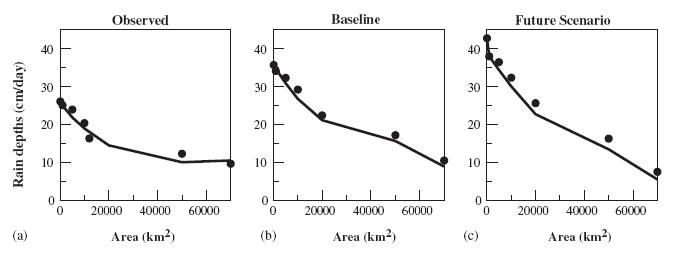 |
